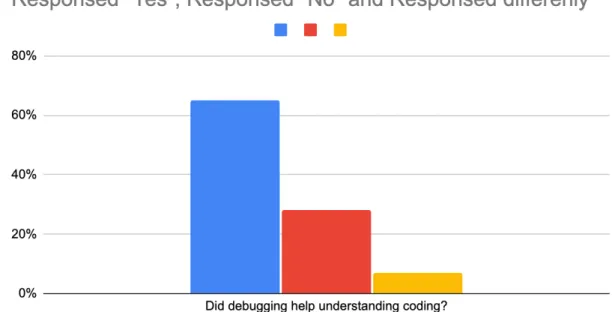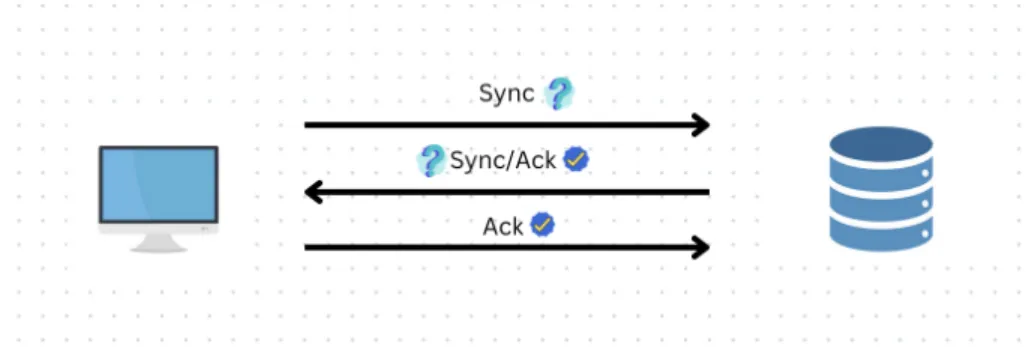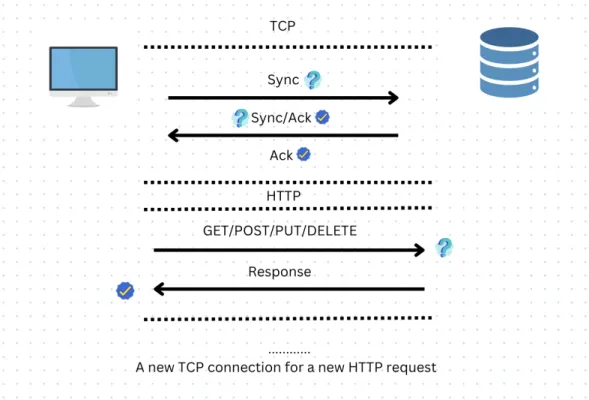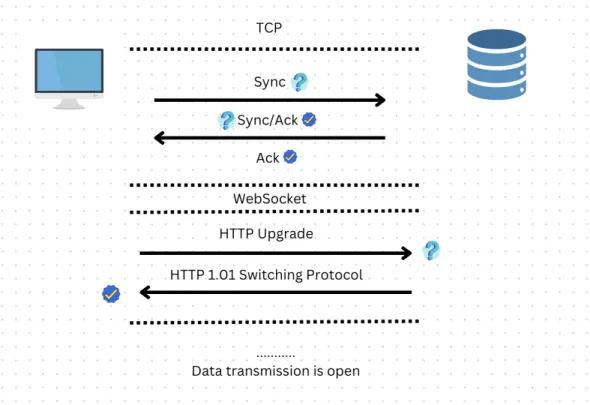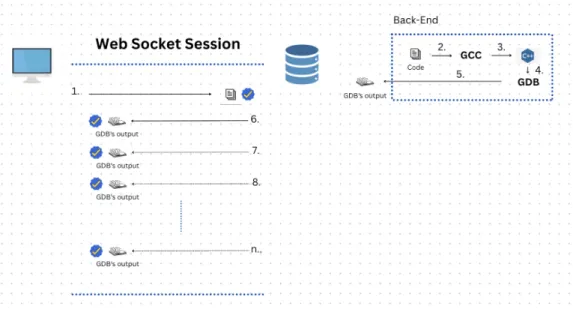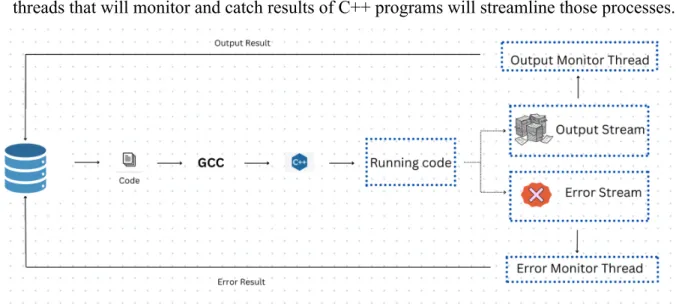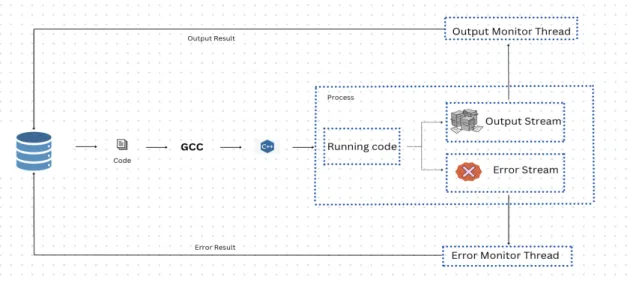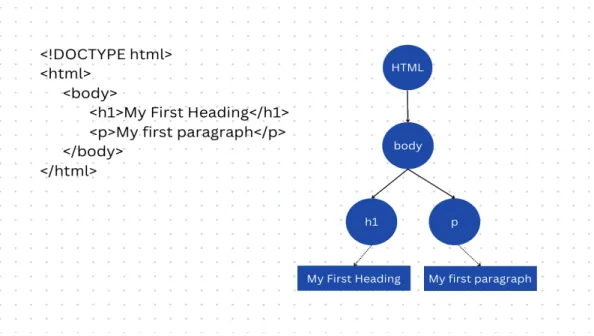Almost all of the points listed have a common goal, which is to make the coding process easier for advanced users. As a result, syntax and knowledge of the underlying syntax processes take precedence over time efficiency and clean code. In several courses in the Faculty of Engineering and Digital Sciences, first-year students taking introductory courses related to high-level programming languages typically use IDEs and code editors.
The aim of this thesis is to present a solution for the development of a comprehensive application, which enables the visualization of the debugging process. I am grateful to Nazarbayev University which gave me the opportunity to acquire theoretical knowledge and engineering skills. Finally, I would like to express my appreciation to my classmates for their support and advice, which proved invaluable during the writing of my dissertation.
Introduction
Background Information
It requires practice and experience, and even the most experienced programmers don't always get it right [1]. This highlights the need for more user-friendly development tools that reduce time spent on unnecessary tasks and allow users to focus on coding. He argues that traditional debugging methods, such as print statements or code stepping, are not always effective in these situations, and that interactive tools are needed to allow developers to explore the system and diagnose problems more quickly and efficiently.
These principles include features such as the ability to dynamically explore program status, the ability to visualize program data[4]. However, in 2020, Apple has moved to an in-house designed ARM processor that is rapidly growing in number installed in MacBooks and various other products of the same. In light of these challenges, the thesis proposes to create a full-stack web application that is pre-configured and ready to use, aiming to reduce the time spent setting up an IDE and configuring the compiler and debugger for beginning students.
Aims and Objectives
Literature Review
- Read the Debug Manual: A Debugging Manual for CS1 Students by R. Garcia, C. -J. Liao and A
- Towards Understanding Interactive Debugging" by Petrillo, F. (2016)
- Web Based Programming Assistance Tool for Novices by Anmol More, Jitendra Kumar and
The results of the study indicated that the tool was effective in helping beginners learn programming concepts and construct programs. However, this approach did not provide the main goal of this thesis: visualization of the debugging process and avoiding just plain raw text. The web-based nature of the tool makes it accessible to a wide variety of users, and the various features provided by the tool are likely to be useful for beginners.
However, it is important to note that the study conducted by the authors was relatively small, and further research is needed to confirm the effectiveness of the tool. The tool presents this information in a way that is easy to understand and navigate, so that developers can quickly identify the root cause of the error. The authors argue that traditional debugging methods, such as print statements and interactive debuggers, are often time-consuming, error-prone, and require a deep understanding of the code being debugged.
Suitable Network Protocols for the objectives of thesis
- Transfer Control Protocol as a base of connectivity
- Concept of HTTP and lack of state
- Concept WebSocket, importance of state, and bidirectional communication
- Objectives of utilizing concurrency and threads
- Roles of GCC, GDB and Standard Input/Outputs
- Availing of JavaScript, React.js, and ACE API
- Parsing GDB responses and rendering it to Virtual DOM
- Summary
It is a client-server protocol where the client makes requests and the server responds to the requests. Additionally, HTTP is unidirectional, meaning that HTTP requests and responses flow in only one direction, from client to server or from server to client. While stateless HTTP has contributed to the scalability and simplicity of the protocol, the lack of state can present challenges for developing code editor web applications.
The client sends an HTTP request to the server requesting an upgrade to the WebSocket protocol. This allows real-time updates to be sent from the server to the client without the client initiating a request. In this case, the server must have knowledge of the websocket session ID and the ability to send data to the client while processing business logic.
When the code is sent to the server, GDB will debug it, and its output must be read by the server and sent to the client for further processing. As we mentioned, code that is being executed and debugged will produce some output to the standard output stream. For example, the getInputStream() method can be used to read the output of a process, while the getOutputStream() method can be used to write to the input of a process.
If the C++ code wants to have 10 variables of different types, they must be sent to the client as one part of the message. Then we send this formatted output to the client for further parsing and rendering it to the web page. Third, the server will preprocess it to distinguish real code from user input and then pass code to the service layer.
Finally, the thread passes the output to the client using the WebSocketSession object. C++ codes can contain user input, when this happens we need to recognize it and send a request to the client, and when the client responds with user input we accept it on the server side. Finally, a process we described earlier will participate and continuously send output results to the client for further viewing.
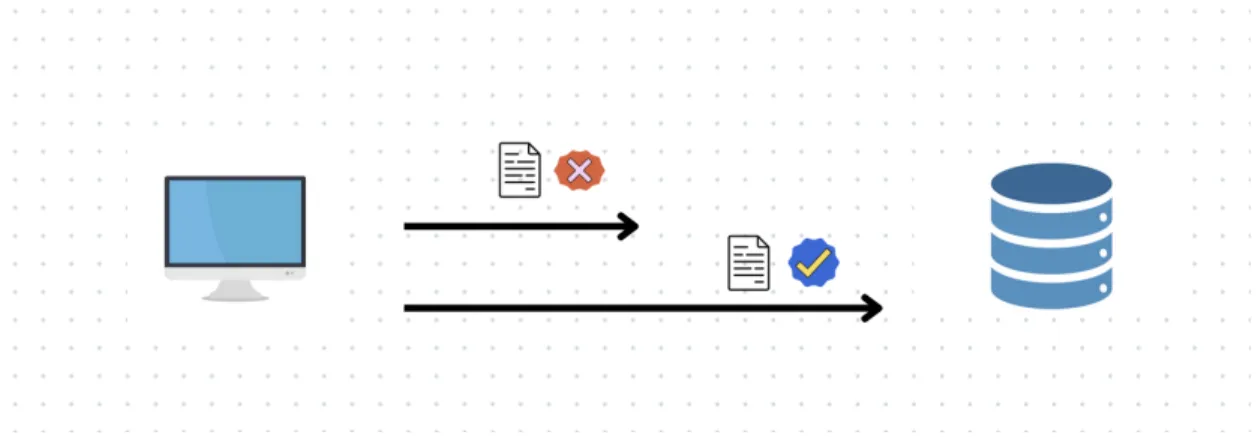
Implementation of Spring Boot based Back End
- Web Socket Configuration and MessageHandler registration
- Business logic of compiling and running C++ code
- Separate Threads to monitor Inputs/Outputs of GCC
- Business logic of debugging C++ code
- Separate Threads to monitor Inputs/Outputs of GDB
But before we create our beans, let's add the dependencies we mentioned and shown in the image. Implementing the "GCCCompile" widget with TextWebSocketHandler The most important points to remember here are the "GCCCompilerService" widget, which is included as a property of the GCCCompiler widget, and the "handleTextMessage" function. Additionally, it contains preprocessing logic for separating user input messages from real code messages by determining how many lines a text message contains.
The business logic in our service layer is for compiling and executing C++ code using GCC and mentioned in the above introduction paragraph Process class with Threads. In the service layer, we create a new file with the extension .cpp, and then using a buffered writer, we insert the code into the created file. The process instance has built-in methods that alert us to the status of the command we run.
We have omitted the thread declaration here in the code snippet, but it should be said that any brand new thread must extend the Thread class kindly provided by Java. The result output and user input request can be sent through the "sendMessage()" method of the WebSocketsSession, but when the client responds to the server, it will be received through the "handleTextMessage()" in the controller layer. In the code snippet that will be provided below, I will explain each line of code in the service layer.
The method then creates two threads, one to read output from the GDB process (DebugOutputMonitorThread) and another to send input to the process (DebugInputSenderThread). The DebugOutputMonitorThread reads output from the GDB process and sends it to the WebSocketSession using a TextMessage, while the DebugInputSenderThread sends input commands to the process by reading from the WebSocketSession. Then the output thread will skip 4 lines because after doing "next" GDB will output information about the temporary break and addresses in memory that were allocated to variables.
This class is responsible for storing values and formatting them in the pattern discussed in the previous section.
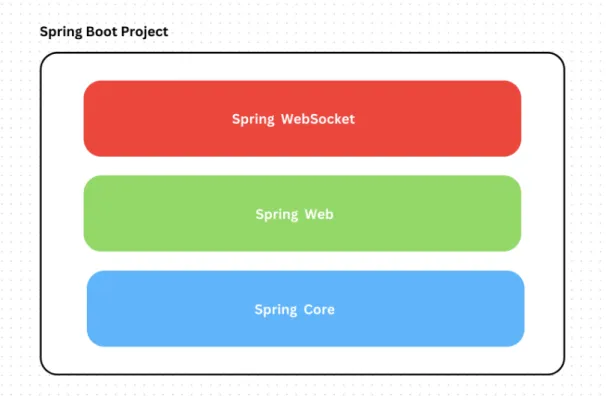
Implementation of Reac.js based Front End
Functional component for header
Functional component for main part
- States using UseState hooks
- UseEffect after component is mounted
- Built-in browser based Web Socket API
- ACE API integration to React.js project
Here we have also defined the initial value of each state when the component will be installed. This will be the initial state for the code editor field and when the component is installed, the code editor will display this code snippet from which users can start coding. The UseEffect Hook is a feature of the React.js library that allows developers to implement side effects within functional components.
Side effects refer to interactions between the component and its surrounding environment, such as retrieving data from an external API, modifying the DOM, or subscribing to events. The callback function is executed after the component is rendered, and it may return a cleanup function that will be called before the component is unmounted. The purpose of this code is to create a WebSocket connection, listen for messages sent over the connection, and update the state of the component based on those messages.
The setCode function is then called, which updates the component's state with this code snippet. Next, a new WebSocket connection is created by calling the WebSocket constructor with the URL of the server to which the connection will be made. The setOutput function is then called with a callback function that takes the previous value of the output state variable and adds the new message to it.
The final step is to log the updated output status variable value to the console. The "onerror" event listener is called when an error occurs with the WebSocket connection. The useEffect hook also returns a cleanup function that is called when the component is detached.
To establish a WebSocket connection, a client-side script must first create a new WebSocket object and pass the URL of the server it wants to connect to as an argument.
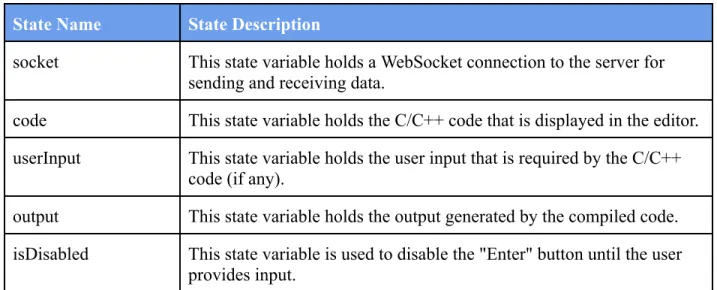
Implementation of parsing GDB responses and rendering
Results & Discussion
We can clearly see that 91% of users reported that debugging is straightforward compared to 50.6% of users who previously claimed that debugging through an IDE is understandable in question no. Overall, users gave positive feedback about their experience and we can confidently say that we are going in the right direction with the valuable feedback received.

Conclusion and Future Work
At the current level of development, the creation of the beans has not yet been analyzed. Moreover, applications should be tested at both levels, such as unit testing for localized functionality and integration testing that tests for proper interaction of components of the application. We tested a minimum viable product with a limited number of receivers, but in literature "Towards Understanding Interactive Debugging" authors introduced an interesting method to observe the effectiveness of their research object.
They then analyzed the correlation with the time spent on each task, taking into account the user's level of experience and the number of breakpoints to determine the effectiveness of the tool. In this thesis, we can compare old-fashioned debugging with IDE to debugging with visualization, by defining the right metrics, such as the time spent finding predefined bugs. Guéhéneuc, "Towards Understanding Interactive Debugging IEEE International Conference on Software Quality, Reliability and Security (QRS), Vienna, Austria, 2016, pp.
G., "Web Based Programming Assistance Tool for Novices,"2011 IEEE International Conference on Technology for Education, Chennai, Indien, 2011, s. G., "Web Based Programming Assistance Tool for Novices,"2011 IEEE International Conference on Technology for Uddannelse, Chennai, Indien, 2011, s.

